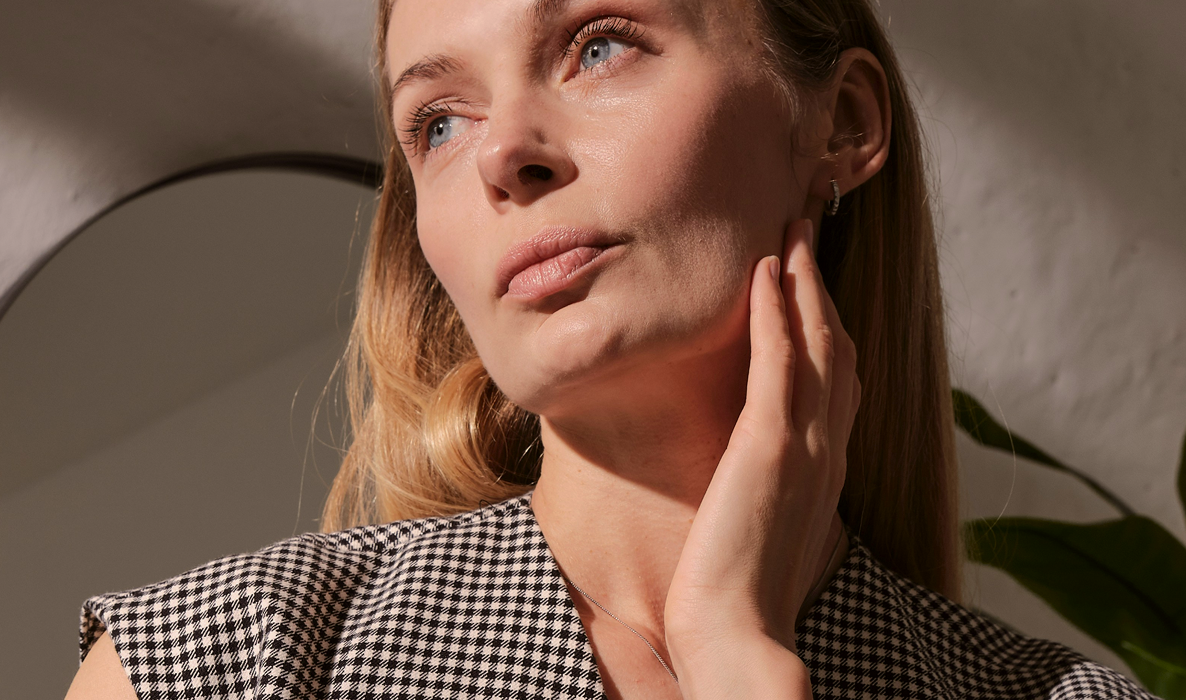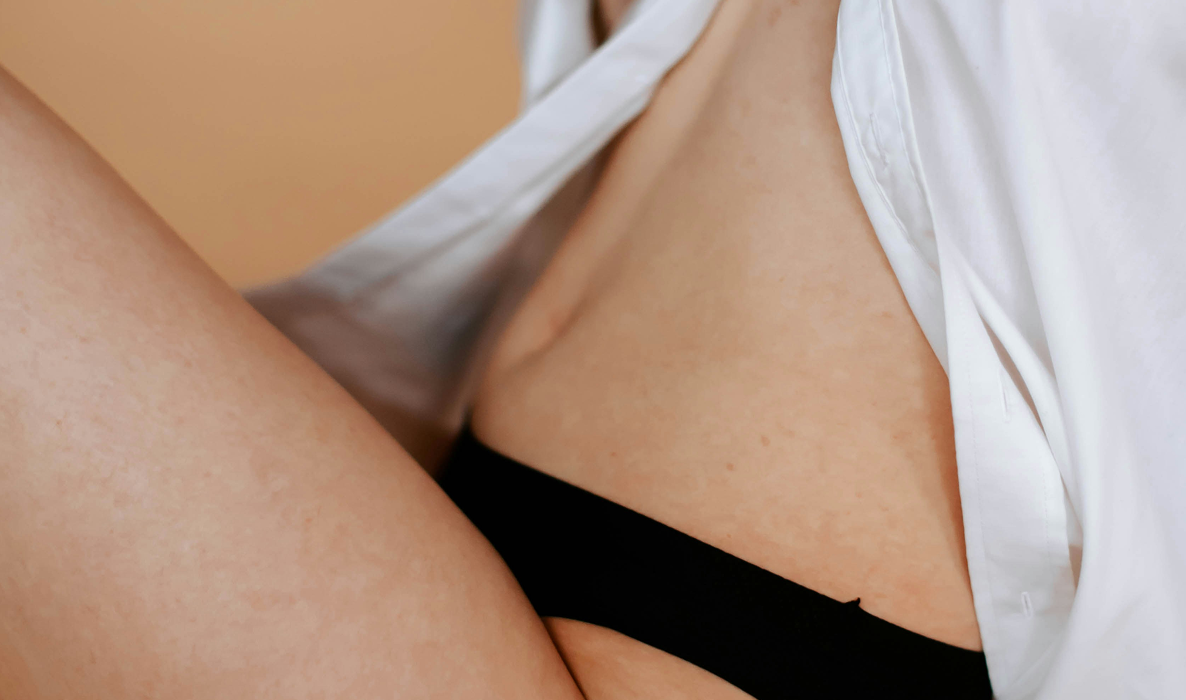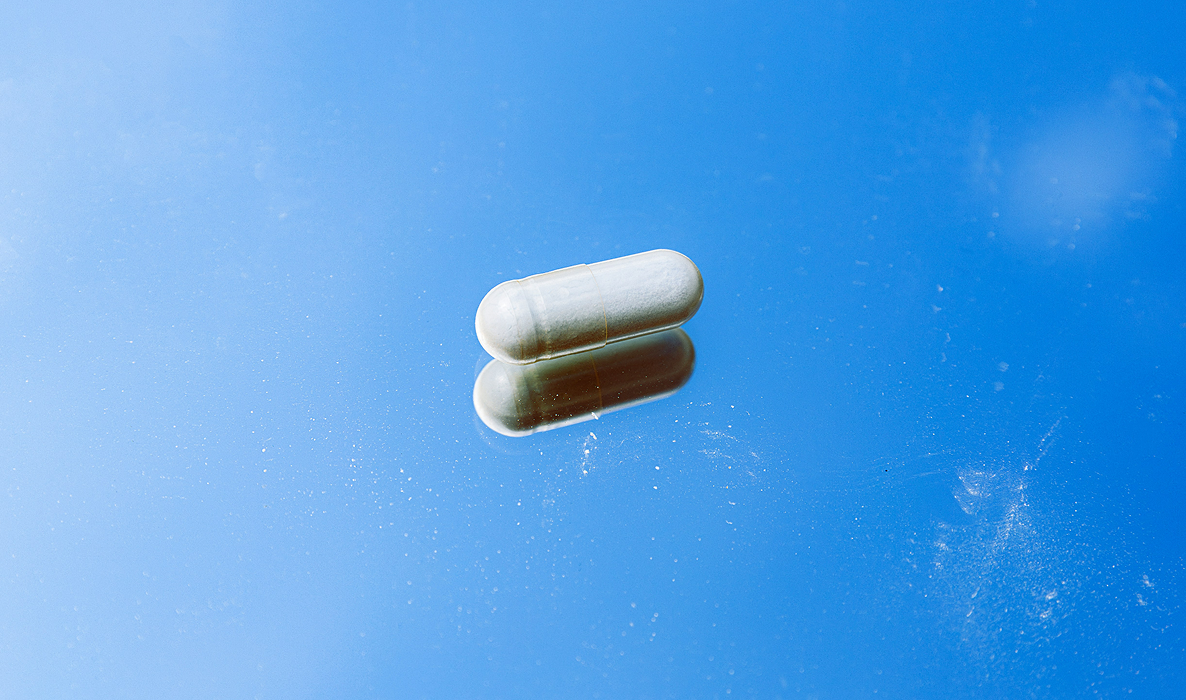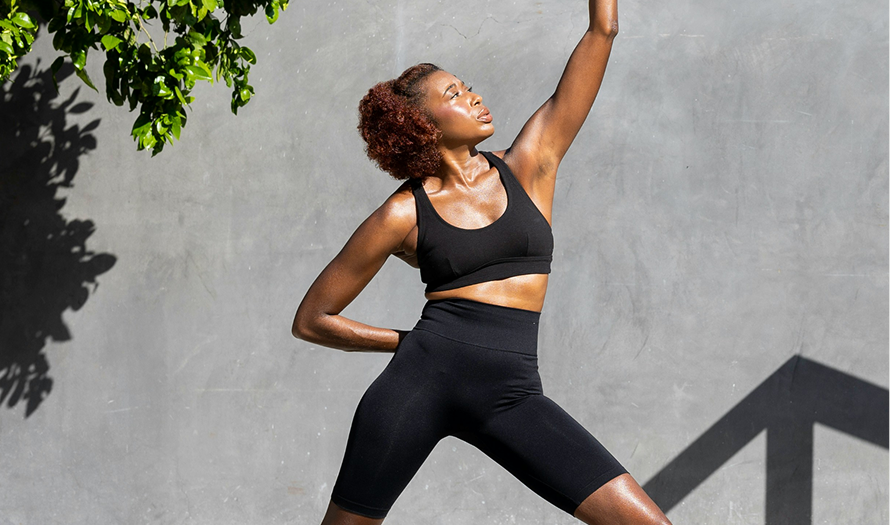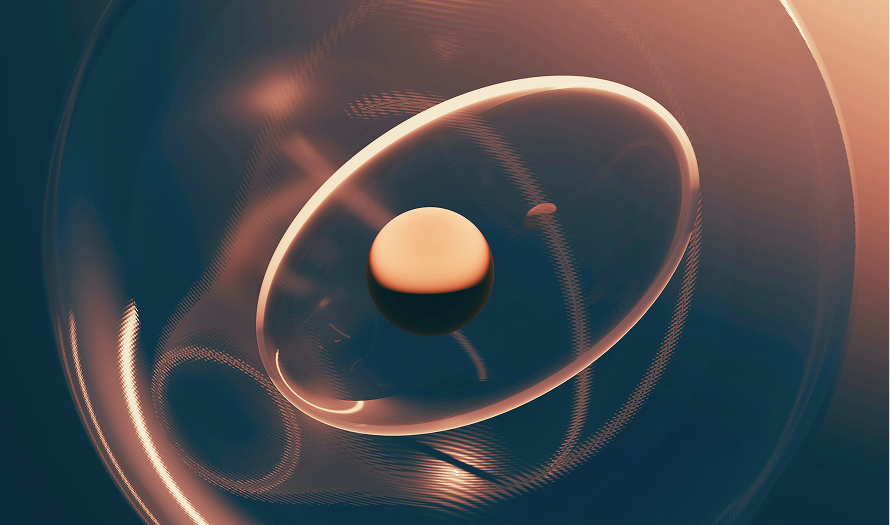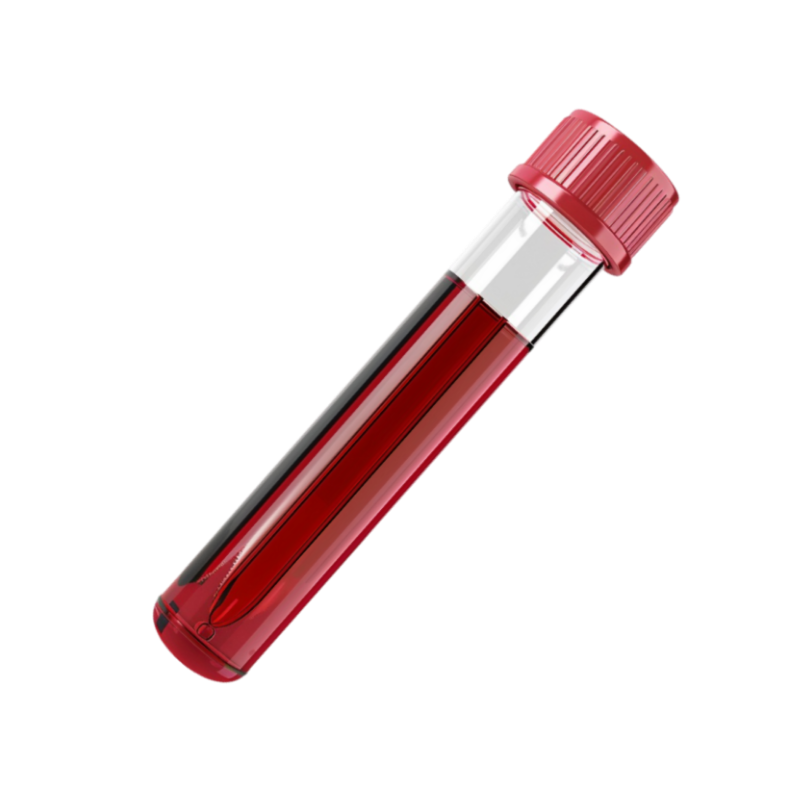If your skin started acting “brand new” after your 40s—drier, thinner, more reactive, yet somehow still breaking out—you’re not imagining it. As women transition through peri- and post-menopause, shifts in estrogen, progesterone, testosterone, thyroid hormones, and cortisol rewrite the rules of skin behavior: from collagen loss and wrinkles to barrier changes and acne. Below is a clear, evidence-backed guide to what’s happening under the hood—plus smart ways to support your skin, including where Joi + Blokes can help with testing and targeted care.
Estrogen: the collagen keeper
Estrogen receptors live in key skin cells (keratinocytes and fibroblasts) that manage thickness, moisture, and collagen. As estrogen falls in and after menopause, skin structure changes quickly:
- Collagen drops fast post-menopause—about 30% in the first 5 years and ~2% per year afterward, tracking postmenopausal age more than chronological age.1
- Estradiol (E2) falls to near-zero after menopause, and low estrogen is linked with atrophy, dryness, slower wound healing, and more visible wrinkling.2
What helps: Sun protection, retinoids, and barrier-supporting moisturizers are table stakes. If appropriate for you, your clinician may discuss menopausal hormone therapy (MHT) for symptom relief—several reviews note improved skin hydration and elasticity with estrogen therapy.3
If you’re noticing accelerated creping, laxity, or dryness, consider a hormone workup to quantify E2 and related markers. Understanding your baseline helps tailor skincare and systemic options.
Topical boost to pair with your routine: Our GHK-Cu Peptide Face Cream features copper tripeptide-1 (GHK-Cu), a peptide studied for supporting collagen remodeling and wound healing in aging skin. Small clinical studies and peer-reviewed reviews report improvements in skin density, firmness, and fine lines with topical copper peptides (typically in 8–12 weeks). (Evidence base is still growing; current data include conference abstracts and controlled trials in limited cohorts.)4
Progesterone: the quiet modulator
Progesterone receptors are present in skin cells, but the clinical skin effects are nuanced. Some in-vitro and small clinical data suggest progesterone can influence collagen-degrading enzymes (MMPs) and keratinocyte behavior; however, its impact on sebum and acne is inconsistent across studies. Most experts consider sebaceous activity primarily androgen-driven, with progesterone’s role still debated.5
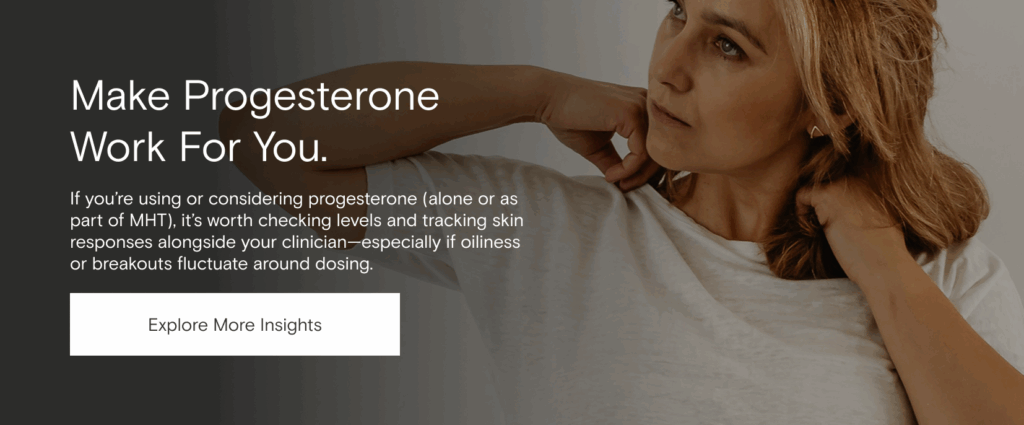
Testosterone (and other androgens): sebum, pores, and the “why am I breaking out now?” question
Women produce androgens (including testosterone) from ovaries and adrenals. With age, absolute testosterone can decline, but relative androgen effects may become more apparent as estrogen drops, contributing to chin-jawline breakouts in some postmenopausal women. While adult female acne is multifactorial, endocrine literature links a sizeable subset to androgen excess:
- In large cohorts of adult women with acne, ~50% show biochemical hyperandrogenism, and antiandrogen strategies can help when present.6
- Androgens are necessary (though not sufficient) drivers of sebaceous activity implicated in acne, hirsutism, and female pattern hair loss.7
What helps: Evidence-based acne care (retinoids, benzoyl peroxide, azelaic acid). If labs show androgen excess, clinicians may consider hormone-targeted options (e.g., combination OCPs, spironolactone) depending on your history.8
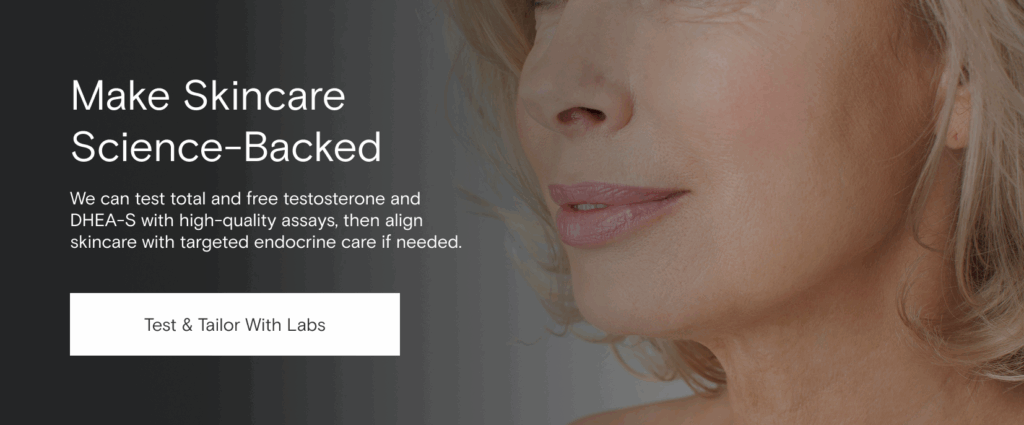
Thyroid hormones: texture, dryness, and “my moisturizer stopped working”
Thyroid hormones regulate epidermal turnover, lipids, sweat, hair, and nails. Hypothyroidism commonly presents with dry, rough, scaly skin, brittle hair/nails, and can progress to myxedema in severe cases; hyperthyroidism can bring warm, moist skin and hair changes.10
Hypothyroidism is more common in women and with age; U.S. estimates (combining NHANES and claims data) suggest ~10–12% prevalence circa 2009–2019, with higher rates in women ≥60. If your “dryness” escalated alongside fatigue, cold intolerance, or hair shedding, check thyroid labs.11
We order TSH, free T4 (and often free T3/antibodies as indicated) and correlate with symptoms and skin changes to decide next steps.12
Cortisol (stress): barrier mischief, inflammation, and accelerated aging
Psychological stress activates the HPA axis and raises cortisol, which impairs the skin barrier, slows barrier recovery, and is linked to higher stratum corneum cortisol and inflammatory shifts—factors that can worsen dryness, sensitivity, and even acne flares. Human and mechanistic studies document barrier delays during stress (e.g., exam periods) and cortisol up-regulation in skin.13
What helps: Sleep regularity, exercise, mindfulness, and a barrier-centric routine (gentle cleanser, humectants + lipids, daily SPF).
Pair it smartly: Our Luxe Skin Cream is designed as a rich, barrier-first moisturizer to reduce transepidermal water loss while you’re addressing upstream stressors. Used with the GHK-Cu Peptide Face Cream (AM/PM per tolerance), you get signal + seal: a bioactive peptide step plus substantial barrier support while your lifestyle and hormone plan do the heavy lifting.
Quick hormone-to-skin cheat sheet
- Estrogen ↓ → collagen ↓, thickness ↓, moisture ↓ → wrinkles/dryness increase. Consider testing E2; discuss MHT appropriateness with your clinician; optimize photoprotection and collagen-supporting topicals.14
- Progesterone → complex; may modulate MMPs/keratinocytes; sebum effects remain debated. Track skin while dosing; don’t over-attribute breakouts to progesterone alone.15
- Androgens (testosterone/DHEA) → sebum ↑, potential postmenopausal acne (especially chin/jaw). If acne persists, check androgens and consider hormone-informed treatments when indicated.16
- Thyroid dysregulation → dry/rough skin, hair/nail changes (hypo-), or warm/moist skin (hyper-); prevalence is higher in older women. Check TSH/free T4 and treat underlying disease.17
- Cortisol (stress) ↑ → barrier recovery slows, inflammation ↑; support barrier + stress hygiene.18
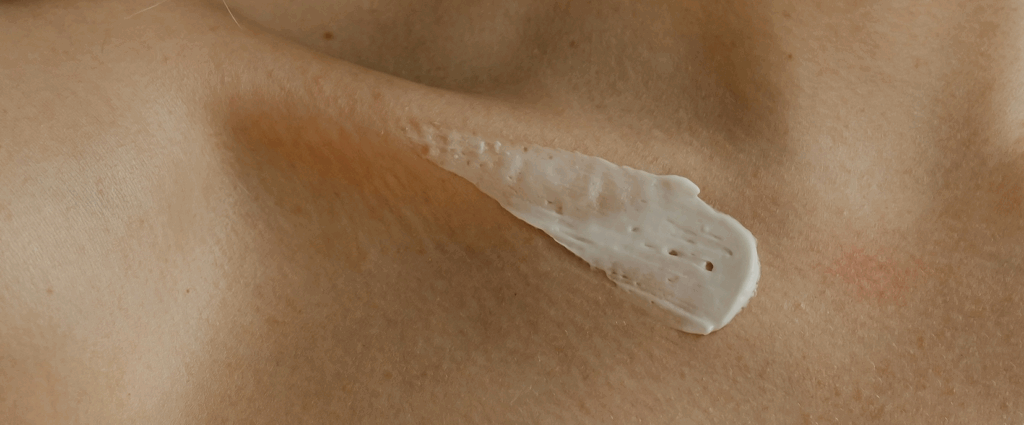
Where data meets action: Joi + Blokes
- Get the labs
We can test estradiol, progesterone, total/free testosterone, DHEA-S, TSH, free T4 (± free T3/antibodies) and review results in the context of your skin concerns, energy, sleep, mood, and goals. A targeted plan beats guesswork—especially post-perimenopause.19 - Build a layered plan
- Skincare: Daily SPF; retinoid at night (as tolerated); GHK-Cu Peptide Face Cream to support visible firmness and smoothness; Luxe Skin Cream to lock in hydration and reinforce the barrier. (Expect gradual improvements; copper-peptide evidence is promising but still based on small trials and reviews.)20
- Lifestyle: Strength training + protein for skin matrix support; stress regulation to tame cortisol-related barrier effects.21
- Medical options: If indicated, your clinician may discuss MHT for global menopausal symptoms (with personalized risk-benefit), antiandrogen strategies for acne with proven hyperandrogenism, and treatment for thyroid disorders.22
Bottom line
Post-perimenopausal skin isn’t just “aging”—it’s responding to a new hormonal environment. Measuring what’s changing (not guessing) lets us match the right internal and external levers: from E2-linked collagen loss to androgen-linked breakouts, thyroid-related dryness, and stress-cortisol barrier issues.Ready to see what your skin’s telling you? Book your hormone panel with Joi + Blokes, then anchor your routine with GHK-Cu Peptide Face Cream for collagen support and Luxe Skin Cream for all-day barrier strength. We’ll help you personalize the rest.


